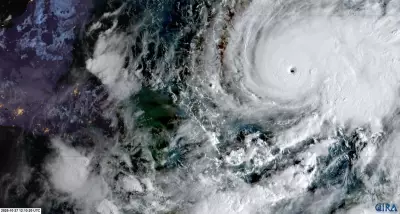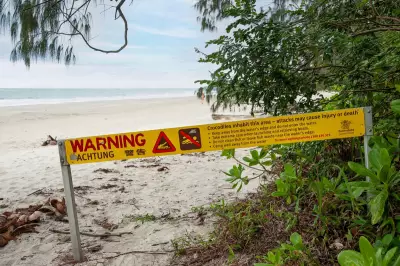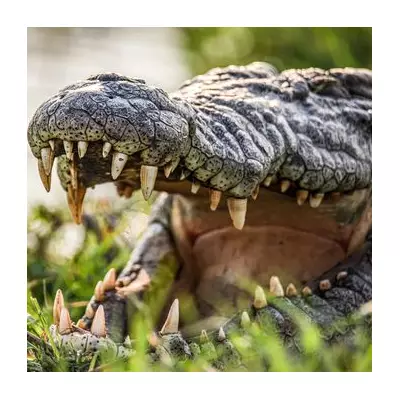
The pristine waters off New South Wales have become the scene of a heartbreaking marine tragedy, as a humpback whale calf has succumbed after becoming entangled in controversial shark netting. The incident has sent shockwaves through the conservation community and raised urgent questions about the effectiveness of current marine protection policies.
A Preventable Tragedy Unfolds
Marine rescue teams responded to distress calls near Kingscliff, located on the state's far north coast, after beachgoers spotted the struggling juvenile whale. Despite valiant efforts by experts who worked tirelessly through the night, the calf could not be saved from the nets designed to protect swimmers but often prove deadly to marine life.
"This is exactly the type of incident we've been warning about," stated a visibly emotional marine biologist from the Department of Primary Industries. "These nets don't discriminate between target species and protected marine animals. The result is often tragic for our migrating whale populations."
The Growing Toll of Shark Nets
Official data reveals this isn't an isolated incident. Shark nets along the NSW coastline have ensnared over 480 marine animals in the past decade alone, including numerous threatened and protected species. The statistics paint a grim picture of the collateral damage caused by these controversial protection measures.
Conservation groups point to modern alternatives like drone surveillance, personal deterrent devices, and SMART drumlines as more effective and environmentally conscious solutions. "Technology has advanced significantly since these nets were first introduced," noted a representative from Marine Conservation Australia. "We have safer options available right now that protect both humans and marine ecosystems."
A Call for Policy Reform
The tragic death has intensified calls for the New South Wales government to reconsider its shark management strategy ahead of the next migration season. With humpback whale populations finally recovering from historical whaling pressures, many argue that outdated protection methods shouldn't now threaten their comeback.
As the marine community mourns this loss, the question remains: How many more marine animals must perish before alternative protection methods become the standard along Australia's coastline?





